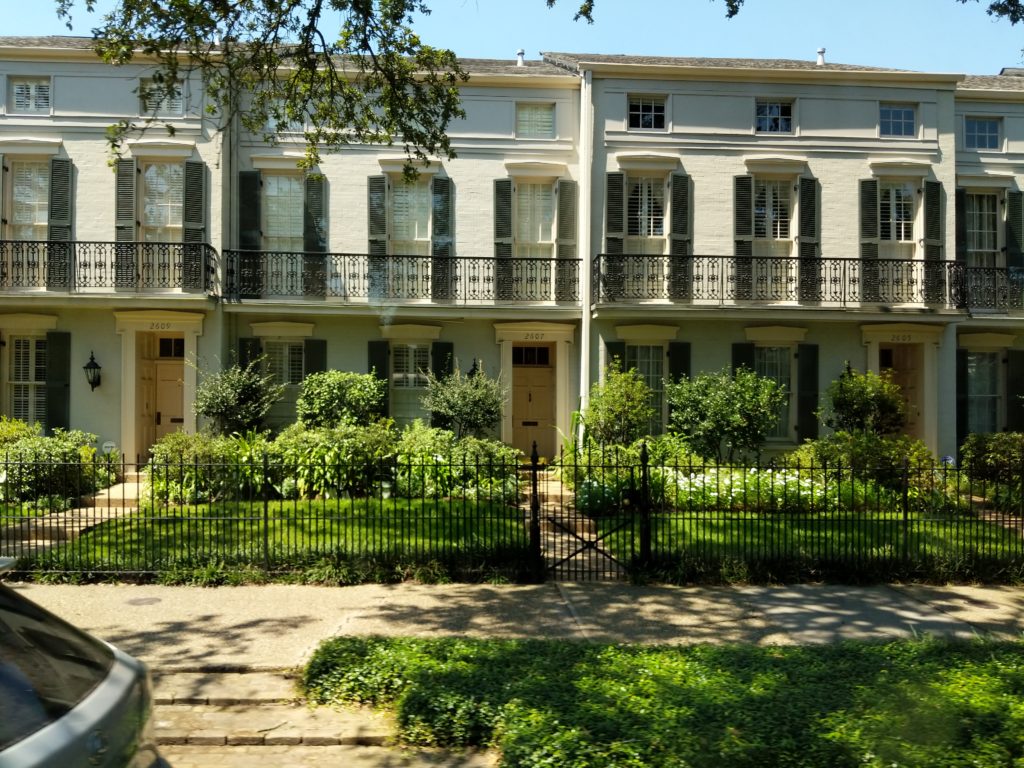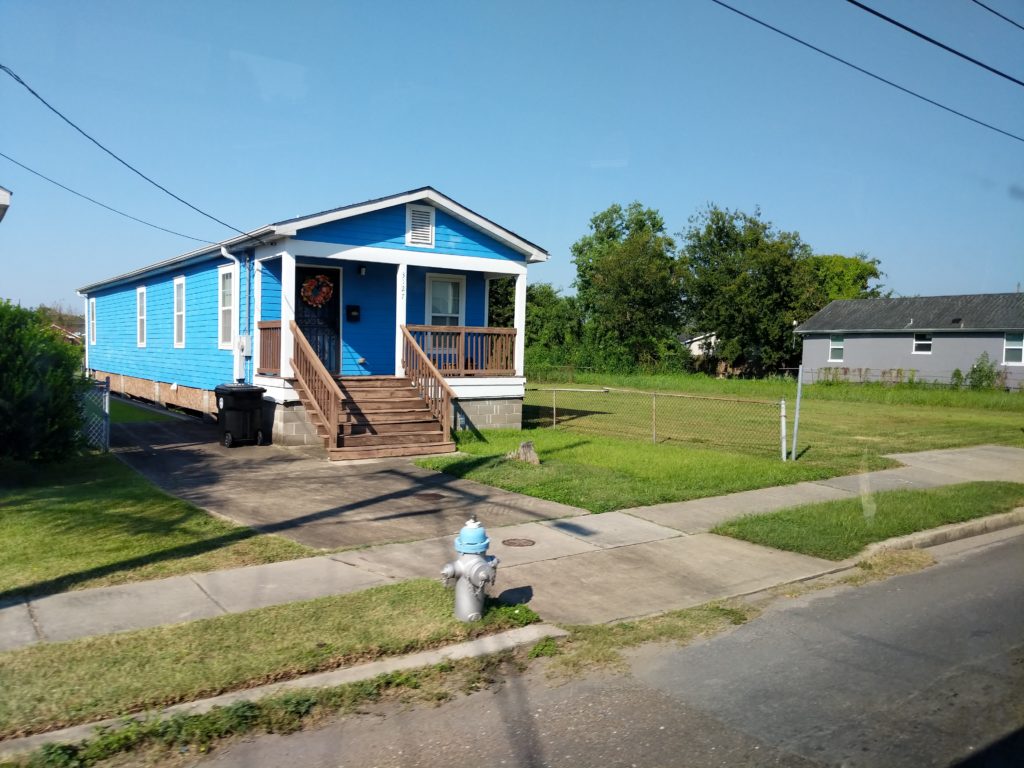Down in Treme (Helen Morgan Parmett 2019) is a wonderfully accessible study of the changing relationship between cities, communities and media representations as seen in the David Simon’s (The Wire) HBO series Treme which first aired over 2010-2013 and remains available on DVD. As of 2022, the series remains in the collections of North American public libraries alongside documentaries about Hurricane Katrina (2006) and the flooding of New Orleans that occurred in its wake such as Spike Lee’s When the Levees Broke (2006). Down in Treme dramatizes the reconstitution of communities and the reconstruction of the neighbourhoods. The series invokes the historic neighbourhood’s sense of historical identity as one of the first free black communities which championed democratic rights at the time of American independence, but it also engages in place making. Not only was Hurricane Katrina and the flooding broadcast live by media outlets such as CNN, but HBO and other media corporations such as Disney engaged with the rebuilding of the city as a cultural capital and entrepreneurial opportunity to create and cash by re developing the city as a tourism destination amplified and refracted in media images and myths of the place.
Just north of Louis Armstrong Park and the highly commodified seat of the Mardi Gras carnival in the French Quarter, Treme is not the lowest ground in New Orleans and its historic southern architecture ensured its value for renovators, unlike the much more vulnerable and poor Lower East Side with its inadequate infrastructure, working class architecture of pattern-book ‘shotgun’ houses built in the late 1800s and early 1900s. Treme flooded but it was not lower than the shipping canal whose walls collapsed allowing the poorest parts of New Orleans to flood to a depth of more than 1 storey. Those poor neighbourhoods remain only partially rebuilt (see image). A decade on, in 2019, Treme had been largely renovated and some of its grand homes reconstituted as boutique hotels.

Simon makes the neighbourhood as a place and community into a ‘character’ in the series. Its racially diverse, working class residents struggle to rebuild their lives after Katrina by drawing on the heritage and vitality of the local culture of music, food and proud history.
“Treme is both a critique of government failure and the kinds of racial and class politics that resulted in the city’s uneven geography as well as, ultimately, a celebration of New Orleans’ culture and an argument for rebuilding the city in and through that culture.”
Parmet p.14
Parnett notes that the producers of the series consciously stress their engagement with the “real” and “authentic” life of New Orleans as the less visited, indigenous, basis of the city’s what makes the city the unique tourism attraction that it is. Through on-location filming and local hiring policies, the series also inserts itself materially and economically into the life of the neighbourhood while producing an abstracted, fictionalized representation of the place. The series became a regular “inscription” in the space. It became a force for rebuilding New Orleans but not only demonstrating its cultural attractiveness but enjoining viewers to participate as philanthropically and as volunteers. However, this entails commodifying an image of the community and trading on the heritage of architecture, food and music to construct not only a representation but a virtual Treme inflected by heritage and dominant understandings of region and of racial and class identity.

In terms of municipal cultural policy, permits for location filming for movies and television marry the built environment with economic development. Where the location appears as itself (rather than, for example, the 2022 Winnipeg Exchange District representing 1900 downtown Chicago) commercialized place images are harnessed for urban revitalization. In Treme, filming marries neoliberal urban redevelopment with cultural heritage and racialized figurations of everyday life in the neighbourhood.
This complex relationship is a test bed for media geography theories that relate place to its televisual, cinematic and brand images. The importance of Parnett’s approach is to shift from a focus on place and racialized representations versus, for example, “real” blackness, to consider the material practices of the series as part and parcel of ‘governmental’ practices of coordinating and normalizing racialized urban spaces and citizens in ways that go beyond the organization of public spaces to include family life and private household spaces. She cites George Yúdice, a long term and leading observer of racialized cultural geographies who has been fundamental to my work, to note that the show presents the marriage of “culture-as-vernacular practices, notions of community, and of economic development (Yúdice The Expidiency of Culture 2003).
Parmett, H. M. Down in Treme: Race, Place, and New Orleans on Television. Stuttgart: Franz Steiner Verlag 2019. ISBN: 9783515121811
Treme, New Orleans: A Partial Videography
Films set in New Orleans here.
Down in Treme. David Simon (dir.) HBO series 2010-2013.
When the Levees Broke. Spike Lee (dir.) HBO 2006.
Faubourg Treme. Dawn Logsdon and Lolis Eric Elie (dirs.). New Day Films 2009.
-Rob Shields (Univ. of Alberta)
